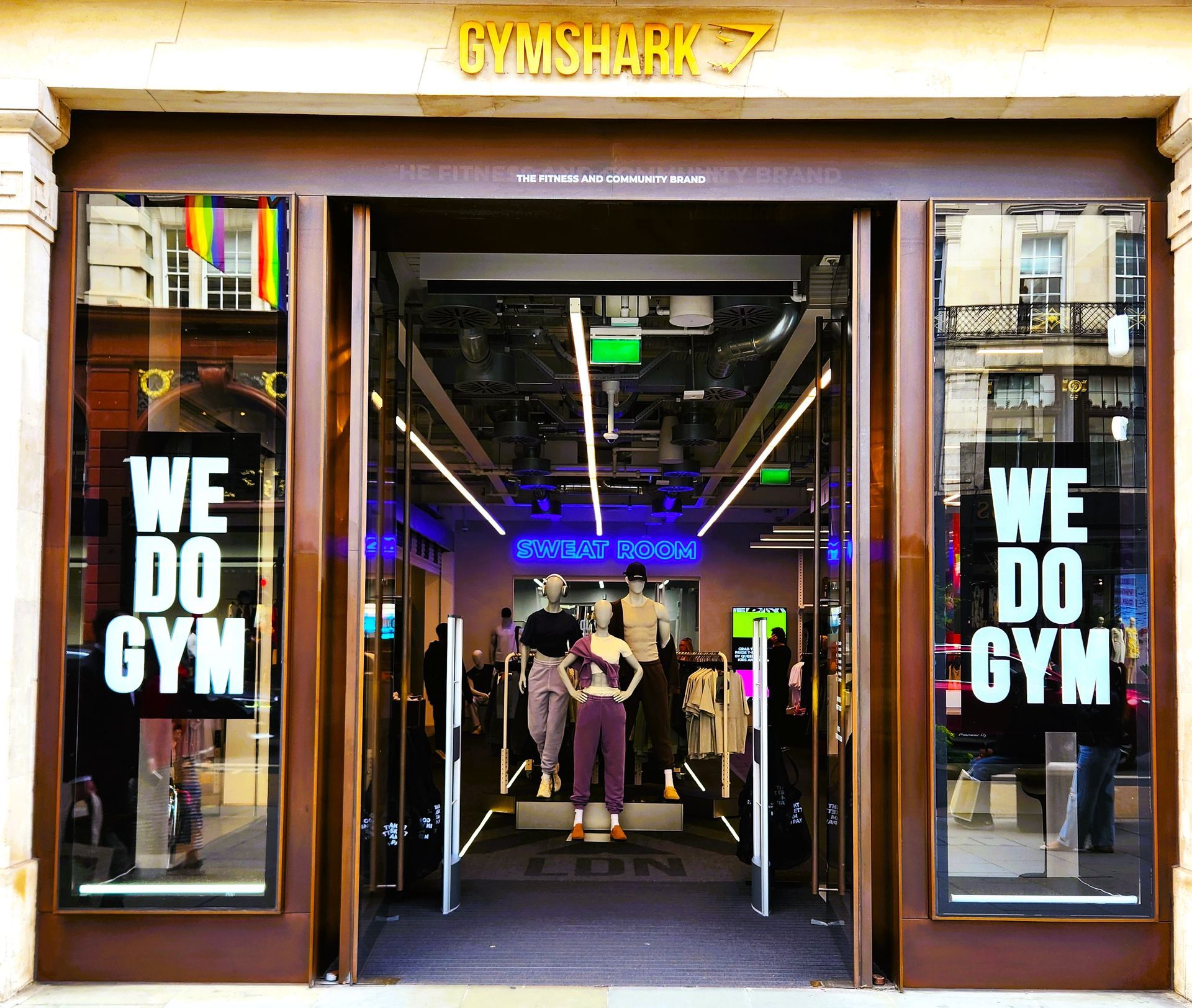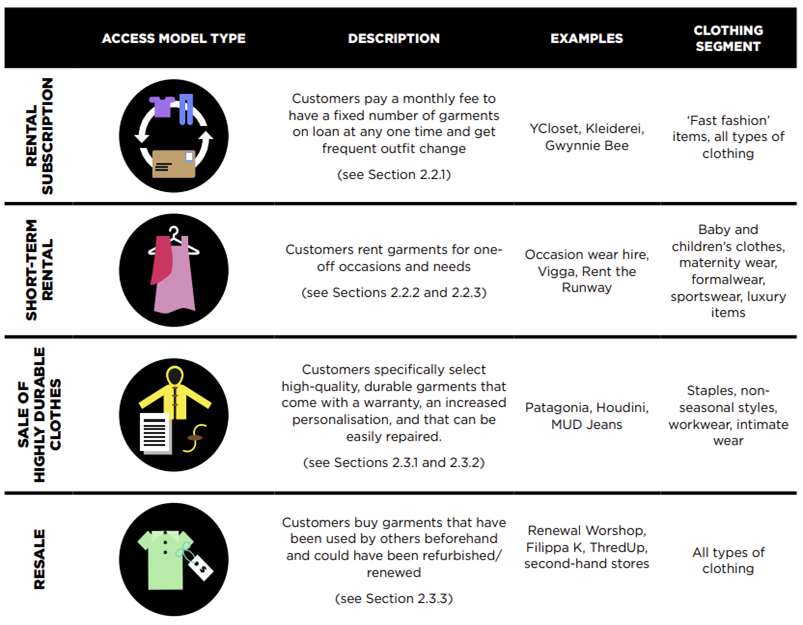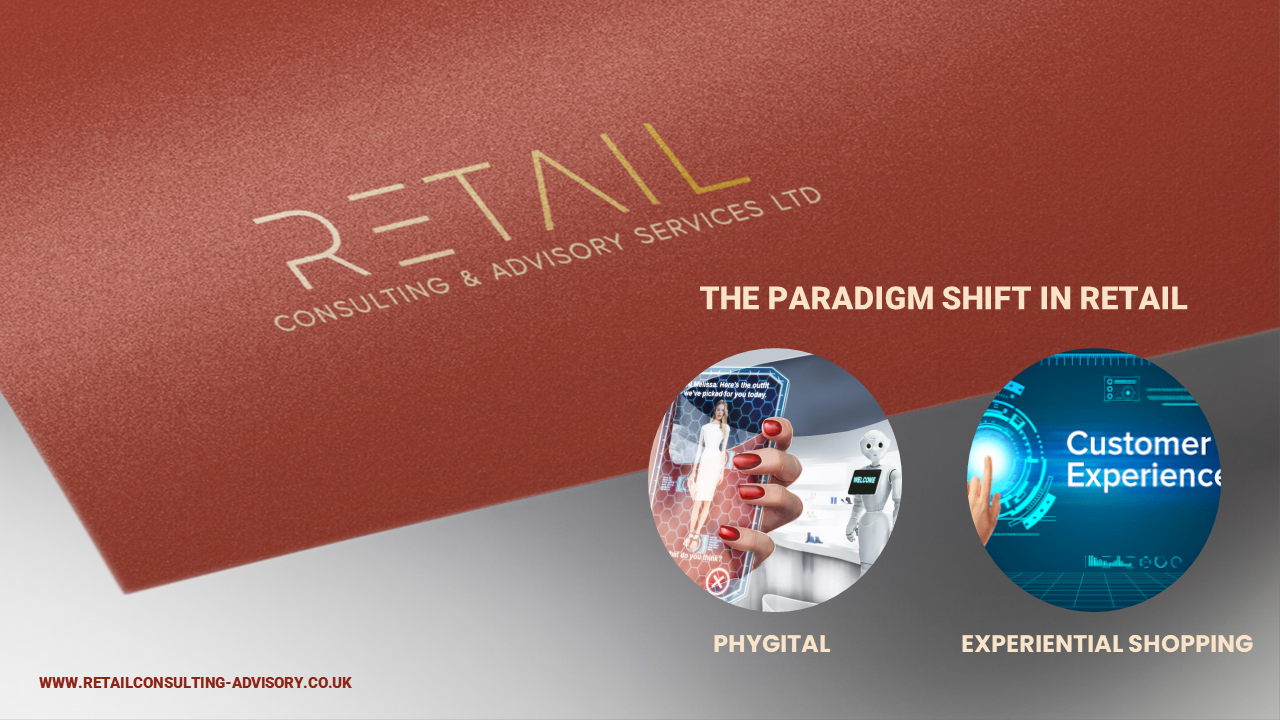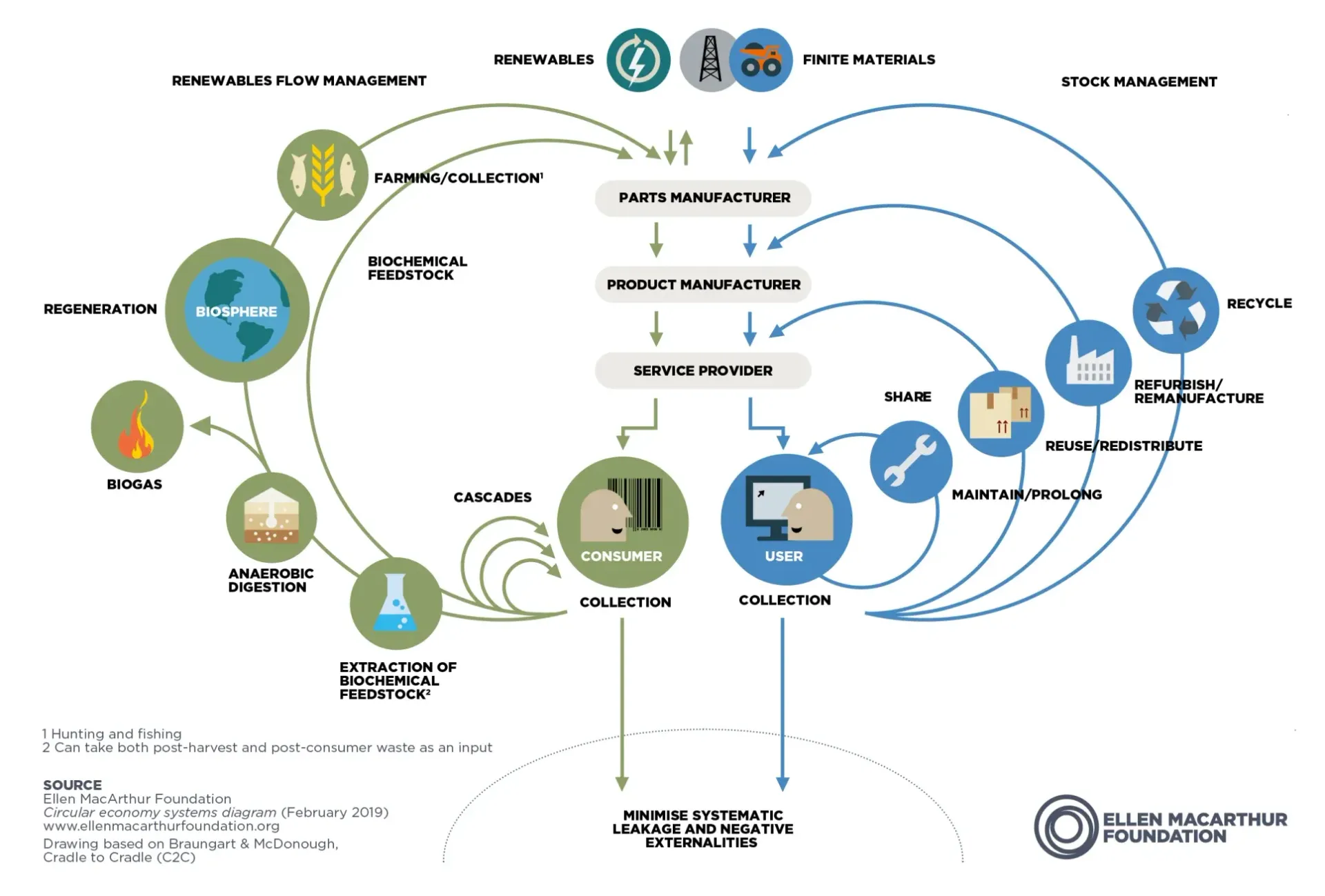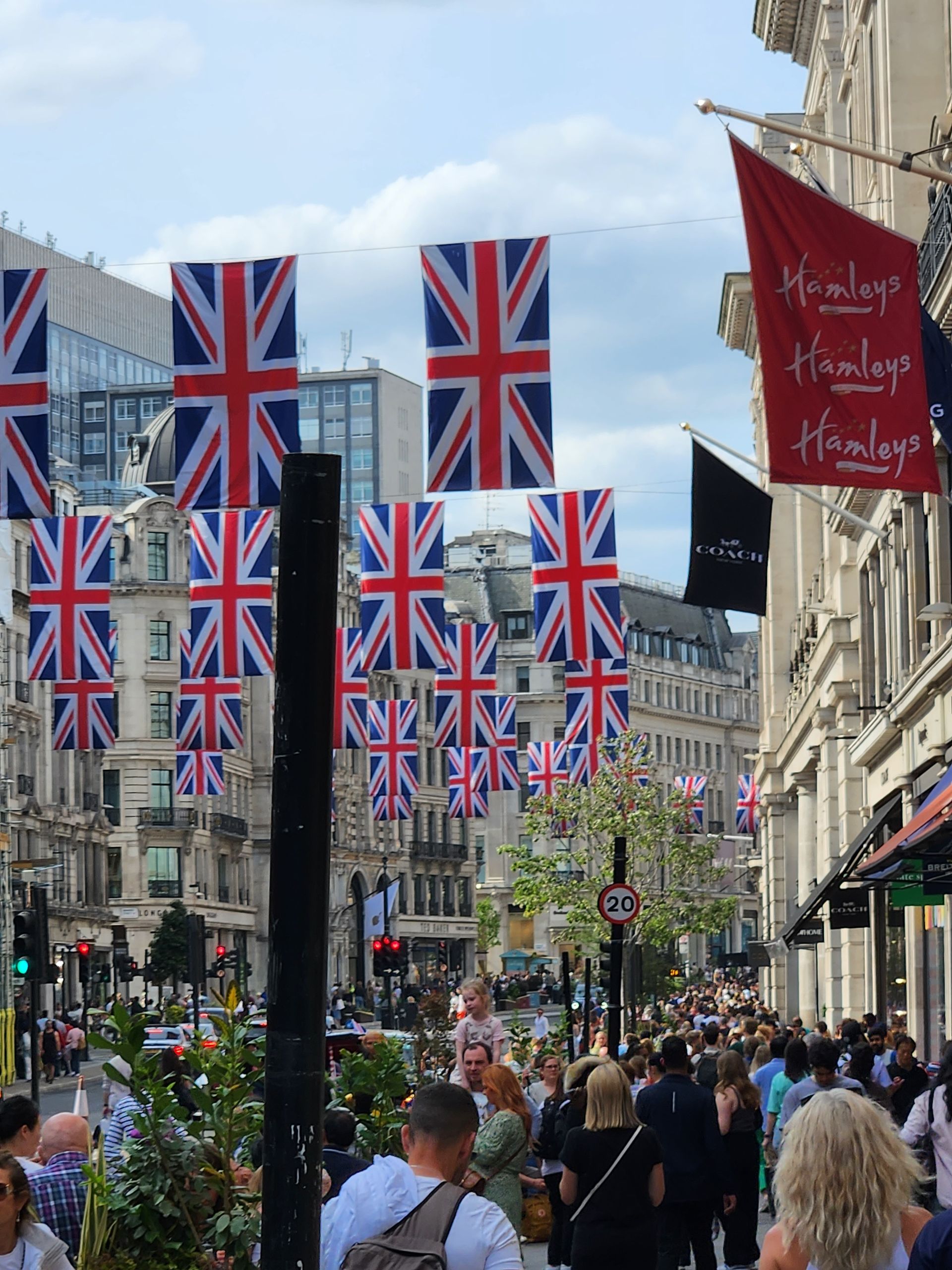UNLOCKING THE POTENTIAL OF THE METAVERSE: A NEW FRONTIER FOR THE FASHION INDUSTRY

UNLOCKING THE POTENTIAL OF THE METAVERSE:
A NEW FRONTIER FOR THE FASHION INDUSTRY.
The Metaverse concept has recently gained tremendous attention, revolutionising how we perceive and engage with virtual reality. The metaverse represents a vast interconnected digital space where individuals can explore, interact, and create virtual experiences.
An analysis of McKinsey (2023) estimated a global market value for the Metaverse in 2022 between $200-300 billion and is expected to reach a global value of $4-5 trillion by 2030. Following the findings of McKinsey’s analysis, the areas where Metaverse will likely create that estimated value by 2030 will be in the retail, e-commerce, education-training, gaming, healthcare, media, and professional services, among others showing a significant disruption in all these industries and an excellent potential for companies investing in this technology.
A current example of this technology is the addition of the Metaverse to the omnichannel of Direct to Consumers brands, such as Nike and Gucci, creating 3-D e-commerce channels that engage with consumers, enhance brand marketing, and create additional revenues.
This article will explore the options for the fashion industry to invest in the Metaverse, exploring how this emerging landscape can open up new avenues for creativity, commerce, and consumer engagement.
Virtual Fashion and Avatar Customisation
One of the critical areas where the fashion industry can thrive in the Metaverse is through virtual fashion and avatar customisation. In the digital realm, consumers can curate their virtual identities by dressing their avatars in unique and stylish outfits. Fashion brands can capitalise on this by creating virtual collections and exclusive collaborations with virtual designers, enabling users to purchase and showcase digital garments. These virtual pieces provide a form of self-expression and create new revenue streams for fashion brands.
Immersive Fashion Experiences
The Metaverse offers unparalleled opportunities for fashion brands to create immersive experiences beyond traditional runway shows and brick-and-mortar stores. Virtual fashion shows allow designers to unleash their creativity without physical space limitations, bringing together the realms of fashion, art, and technology. By leveraging virtual reality (VR) and augmented reality (AR) technologies, fashion brands can transport their audiences to captivating virtual environments, allowing them to interact with garments and accessories in once unimaginable ways.
Social Commerce and Brand Communities
Social commerce has increased, with platforms like Instagram and TikTok significantly shaping consumer behaviour. The Metaverse takes social interaction to a new level by creating immersive and interactive brand communities. Fashion brands can establish virtual spaces where users can shop, socialise, attend events, and engage with like-minded individuals. By leveraging the power of social connectivity, brands can build stronger relationships with their customers, foster brand loyalty, and gain valuable insights into consumer preferences and trends.
NFTs and Digital Ownership
Non-Fungible Tokens (NFTs) have gained significant attention in the digital art world, but their potential impact on the fashion industry within the Metaverse is equally compelling. NFTs can be used to establish digital ownership of virtual fashion items, enabling users to buy, sell, and trade exclusive digital garments. Fashion brands can create limited-edition virtual collections or unique digital assets with cultural and monetary value.
This new ownership paradigm opens new revenue streams and introduces a sense of exclusivity and scarcity that resonates with collectors and fashion enthusiasts. s. Nike is a successful example of these opportunities, having hosted more than 26 million visitors at Nikeland, its space in Roblox, and it has sold over $185 million of NFTs for digital sneakers and suchlike products (BeInCrypto, 2022).
Virtual Retail and Showrooms
The Metaverse allows fashion brands to create virtual retail spaces and showrooms that reimagine the traditional brick-and-mortar experience. By combining gamification and immersive technologies, brands can design virtual stores that provide an engaging and personalised shopping experience. Customers can virtually try on clothes, experiment with different styles, and receive recommendations tailored to their preferences. Furthermore, virtual showrooms allow brands to showcase their latest collections to a global audience, breaking geographical barriers and reaching consumers in new markets.
Influencer Marketing and Partnerships
Influencer marketing has become a powerful tool for fashion brands to connect with their target audience. In the Metaverse, influencers can become virtual ambassadors, collaborating with brands to create unique content and experiences. Virtual influencers, who are entirely computer-generated, are gaining popularity and can be leveraged to reach a broader audience. Fashion brands can tap into the Metaverse's viral nature and creatively expand their reach by partnering with virtual influencers and collaborating on virtual events or campaigns.
Data-driven Insights and Personalization
The Metaverse provides a wealth of data and insights that can help fashion brands understand consumer behaviour and preferences on a granular level. By analysing user interactions, purchases, and virtual fashion trends, brands can gather valuable data to inform their product development, marketing strategies, and inventory management. This data-driven approach allows for greater personalisation, enabling brands to offer tailored recommendations and experiences that resonate with individual consumers, ultimately driving customer satisfaction and loyalty.
Sustainability and Experimentation
The Metaverse presents an opportunity for the fashion industry to embrace sustainability and experimentation. Virtual fashion allows brands to explore bold and futuristic designs without the environmental impact of traditional manufacturing processes. This opens up avenues for sustainable fashion practices and encourages creativity without limitations. Additionally, virtual fashion can serve as a testing ground for new materials, techniques, and production methods, enabling brands to experiment and innovate in ways that are not always feasible in the physical world.
Conclusions
The Metaverse holds immense potential for the fashion industry, providing opportunities for creativity, commerce, and consumer engagement. From virtual fashion and avatar customisation to immersive experiences and social interaction, brands can leverage the Metaverse to redefine their presence and reach a global audience innovatively.
By embracing technologies such as virtual reality, augmented reality, and non-fungible tokens, the fashion industry can tap into the Metaverse's limitless possibilities, ultimately shaping the future of fashion and consumer experiences.
However, it is also essential to consider a few challenges when moving towards the Metaverse, such as relying on a robust technological infrastructure, intellectual property protection, ethical use of data and consumer adoption and education.
As this digital landscape continues to evolve, the fashion industry must stay at the forefront of innovation to fully capitalise on the opportunities the Metaverse offers.
All Rights Reserved | Retail Consulting & Advisory Services Ltd.
Ismael Gonzalez - Founder & Managing Director
© 2022 Retail Consulting & Advisory Services LTD. Company Registration Number 14234794. Privacy Policy

